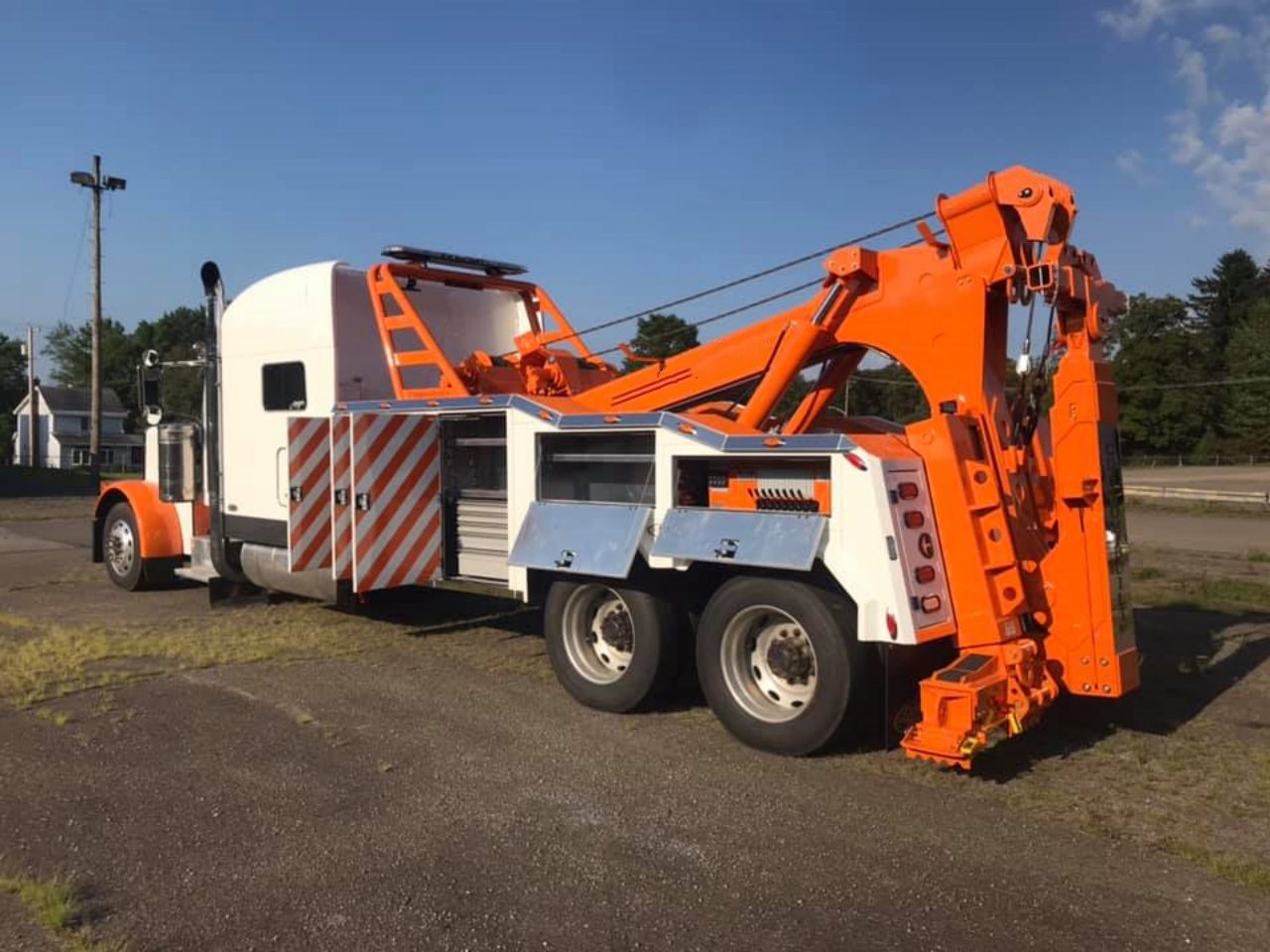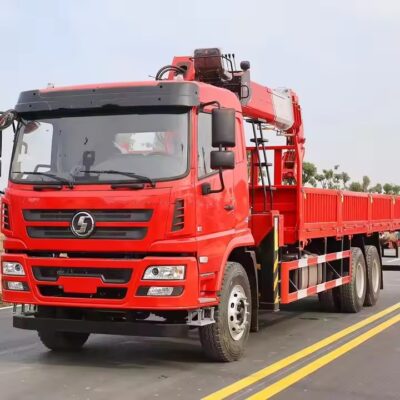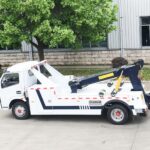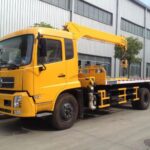Wrecker tow trucks are powerful and versatile vehicles that are used to recover and tow vehicles that have been involved in accidents, breakdowns, or other incidents. They are equipped with a variety of specialized equipment, including winches, hoists, and cranes, which allow them to lift, pull, and drag vehicles of all sizes.
Wrecker tow trucks come in a variety of sizes, from small, light-duty trucks that are used to tow cars and light trucks, to large, heavy-duty trucks that are used to tow semis and other large vehicles. The type of wrecker tow truck that is needed will depend on the size and weight of the vehicle that needs to be towed, as well as the nature of the recovery operation.
Types of Wrecker Tow Trucks
There are three main types of wrecker tow trucks:
- Integrated wreckers have a boom that is mounted on the truck’s chassis. The boom can be used to lift and pull vehicles, and it can also be used to rotate vehicles so that they can be towed in a specific direction.
- Rotator wreckers have a rotating boom that is mounted on the truck’s chassis. The boom can be rotated 360 degrees, which allows wreckers to tow vehicles from any angle.
- Wheel-lift wreckers have a pair of wheel lifts that are mounted on the truck’s bed. The wheel lifts are used to lift the wheels of a vehicle off the ground, which allows the truck to tow the car without damaging it.
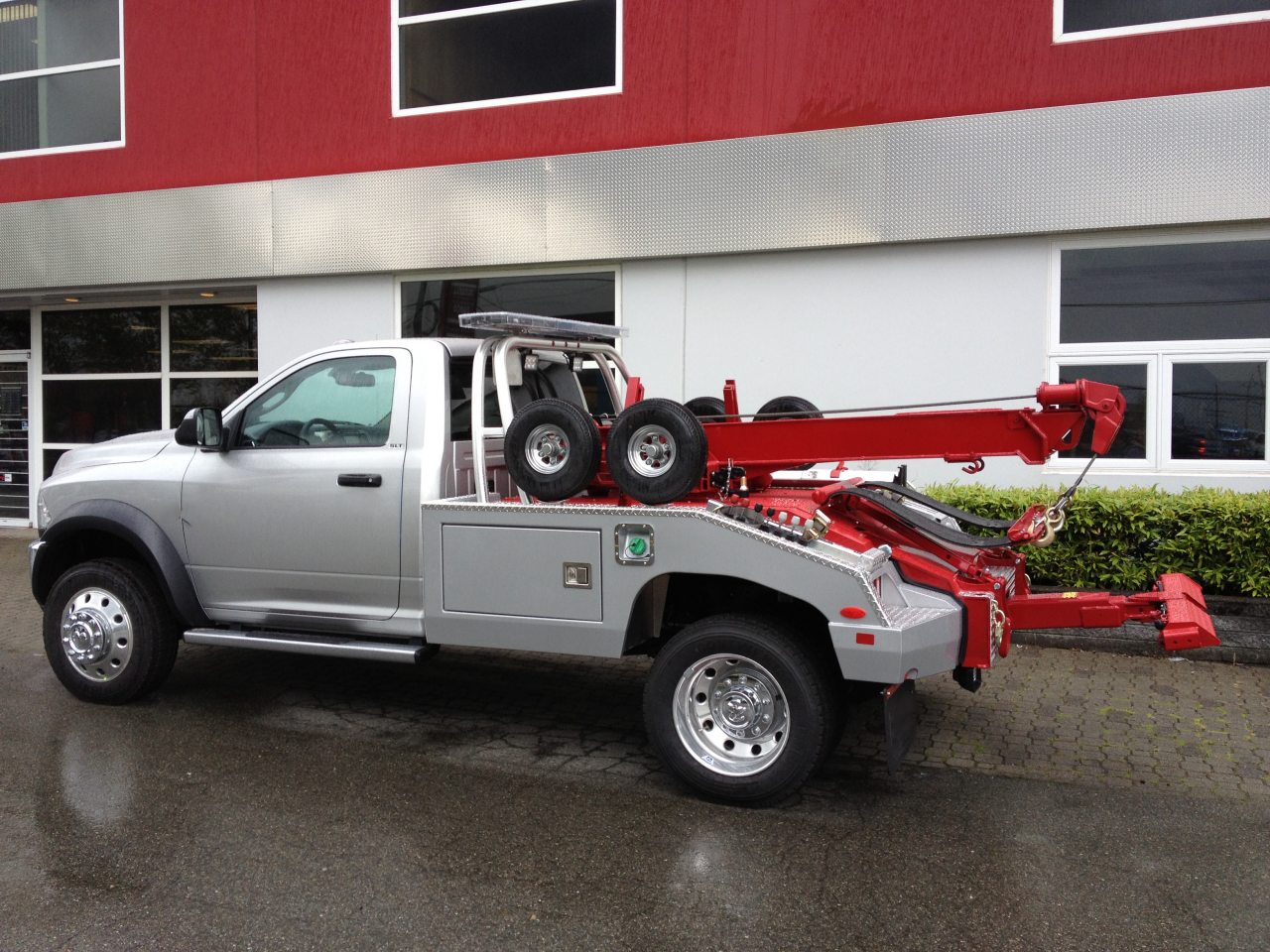
Equipment on Wrecker Tow Trucks
In addition to the boom, wrecker tow trucks are also equipped with a variety of other specialized equipment, including:
- Winches are used to lift and pull vehicles.
- Hoists are used to lift vehicles that are too heavy to be lifted by a winch.
- Cranes are used to lift and move heavy objects, such as cars and trucks.
- Snatch blocks are used to redirect the force of a winch or crane.
- Dollys are used to support the wheels of a vehicle that is being towed.
Recovery Operations
Wrecker tow trucks are used in a variety of recovery operations, including:
- Accident recovery Wrecker tow trucks are used to recover vehicles that have been involved in accidents. This may involve towing the vehicles to a safe location, or it may involve disentangling the vehicles from each other.
- Breakdown recovery Wrecker tow trucks are used to recover vehicles that have broken down. This may involve towing the vehicles to a service station, or it may involve transporting the vehicles to a different location.
- Salvage recovery Wrecker tow trucks are used to recover vehicles that have been damaged in a fire or other disaster. This may involve towing the vehicles to a salvage yard, or it may involve dismantling the vehicles for parts.
- Specialized recovery Wrecker tow trucks are also used in a variety of specialized recovery operations, such as:
- Towing vehicles from bodies of water
- Towing vehicles from high-rise buildings
- Towing vehicles from difficult-to-access areas
Additional Information
- The International Towing and Recovery Hall of Fame and Museum is located in Chattanooga, Tennessee. The museum features a variety of wrecker tow trucks, as well as other tow trucks and recovery vehicles.
- The National Truck Equipment Association (NTEA) is a trade association that represents the tow truck industry. The NTEA provides a variety of resources for tow truck operators, including training programs, safety information, and industry news.
- The American Society of Tow Truck Technicians (AST) is a professional organization for tow truck technicians. The ASC provides training programs, certification exams, and networking opportunities for tow truck technicians.
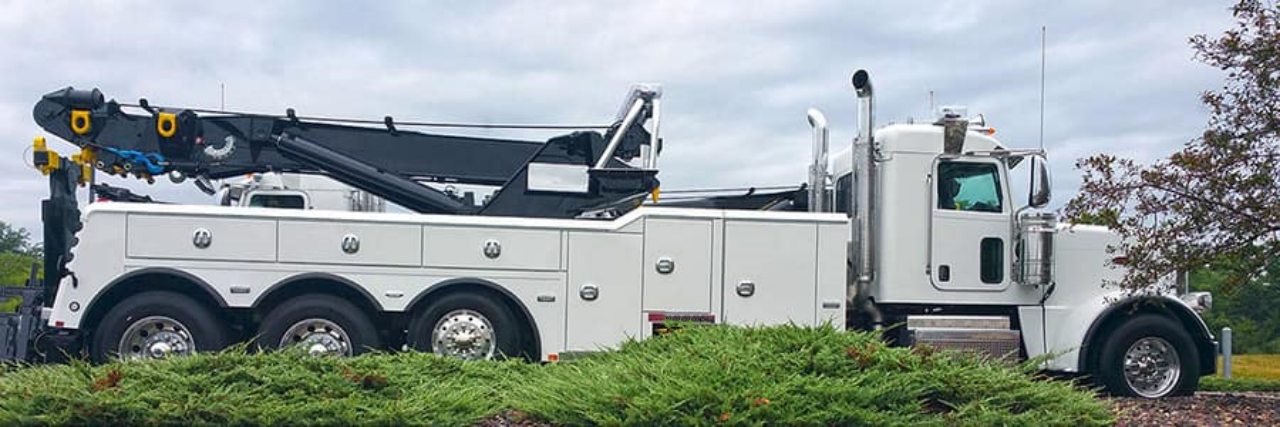
The history of wrecker tow trucks dates back to the early 1900s. The first wrecker tow trucks were simple vehicles that were equipped with a winch and a chain. These early wreckers were used to recover vehicles that had been involved in accidents.
In the 1920s, wrecker tow trucks began to become more sophisticated. They were equipped with winches that were powered by gasoline engines, and they were also equipped with hoists. These more sophisticated wreckers were able to recover vehicles that were more heavily damaged.
In the 1950s, wrecker tow trucks began to be equipped with rotating booms. This allowed wreckers to tow vehicles from any angle, which made them more versatile.
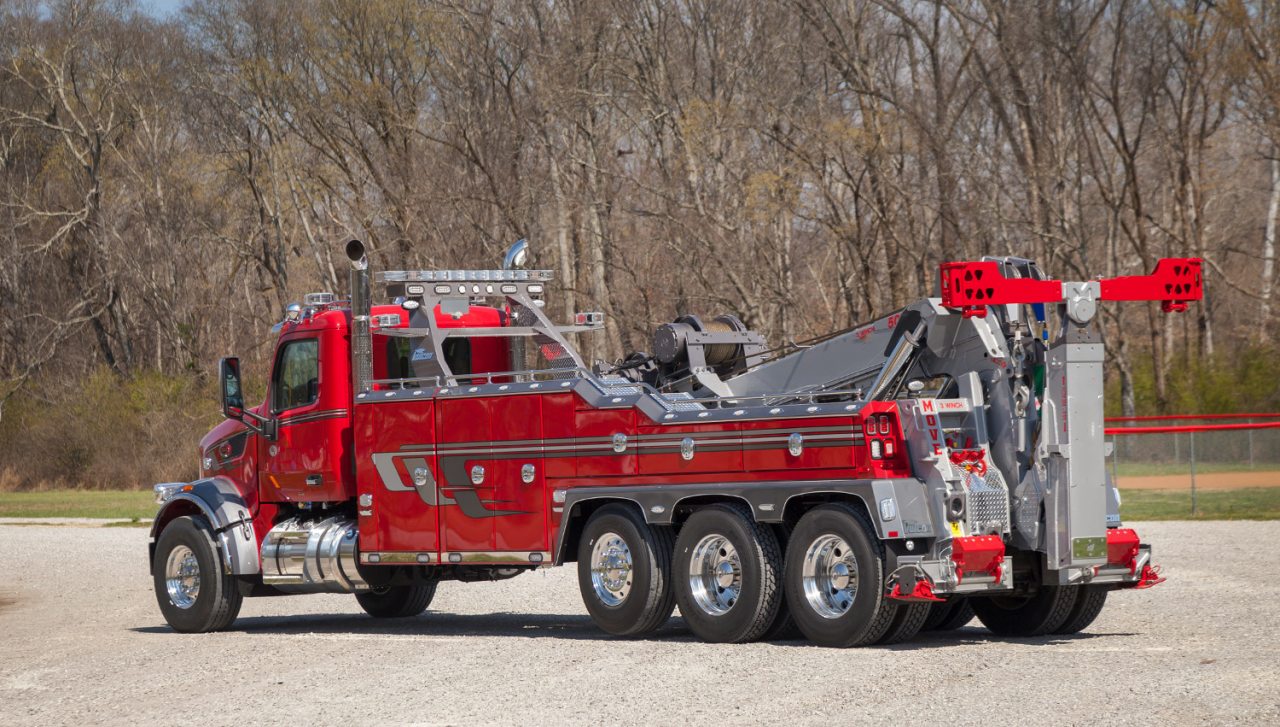
In the 1970s, wrecker tow trucks began to be equipped with hydraulic winches. These winches were more powerful than gasoline-powered winches, and they were also easier to operate.
Danas, wrecker tow trucks are equipped with a wide range of specialized equipment. They have powerful winches, hoists, and cranes. They also have specialized equipment for recovering vehicles from bodies of water, high-rise buildings, and other difficult-to-access areas.
Safety
Wrecker tow trucks are powerful vehicles, and they can be dangerous if they are not operated properly. Tow truck operators must be trained in the safe operation of wrecker tow trucks. They must also be familiar with the laws and regulations that govern the towing industry.
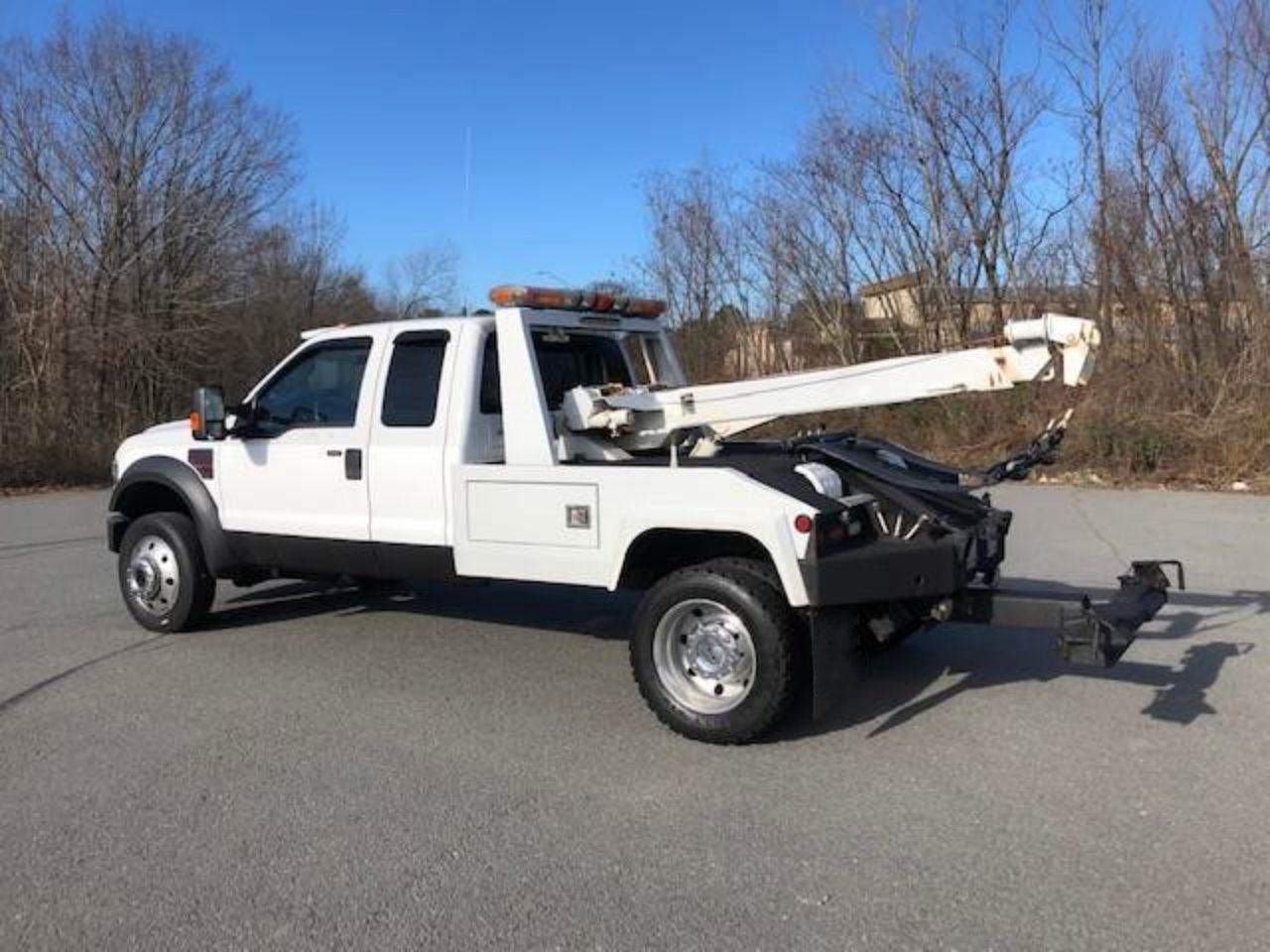
Regulations
The towing industry is regulated by a variety of laws and regulations. These laws and regulations vary from state to state. Međutim, some common regulations include:
- Tow truck operators must be licensed.
- Tow truck operators must carry insurance.
- Tow truck operators must be familiar with the laws and regulations that govern the towing industry.
Conclusion
Wrecker tow trucks are an essential part of the emergency services. They play a vital role in keeping our roads safe. Tow truck operators must be trained and qualified to operate these vehicles safely.
Here are some additional safety tips for wrecker tow truck operators:
- Always wear safety glasses and a hard hat when operating a wrecker tow truck.
- Be aware of your surroundings and the traffic conditions.
- Use caution when working near power lines.
- Never overload the tow truck.
- Follow the manufacturer’s instructions for operating the tow truck.
By following these safety tips, wrecker tow truck operators can help to prevent accidents and injuries.
